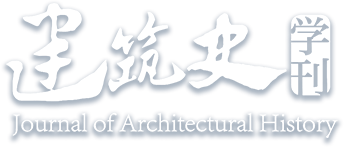Abstract:
Liang Sicheng’s profound influence on the evolution of Chinese architectural education is welldocumented. In March 1947, Liang participated in the Conference on Planning Man’s Physical Environment hosted by Princeton University. This pivotal event, grounded in addressing human needs, fostered a holistic perspective of the physical environment. It delved into architectural and urban challenges and contemplated the future of architectural education in the post-WWⅡ era. Inspired by the insights gained from the conference, Liang formulated his theories of the physical environment, encompassing architecture, urban planning, landscape design, and industrial art within the architectural discipline. He seamlessly integrated educational principles from both the Beaux-Arts and Bauhaus traditions. Upon his return to China, Liang spearheaded a transformation of architectural education at Tsinghua University, with the philosophy of the physical environment at its core. He introduced a multidisciplinary liberal arts curriculum aimed at crafting a physical environment characterized by utility, durability, and aesthetic excellence.


 下载:
下载: